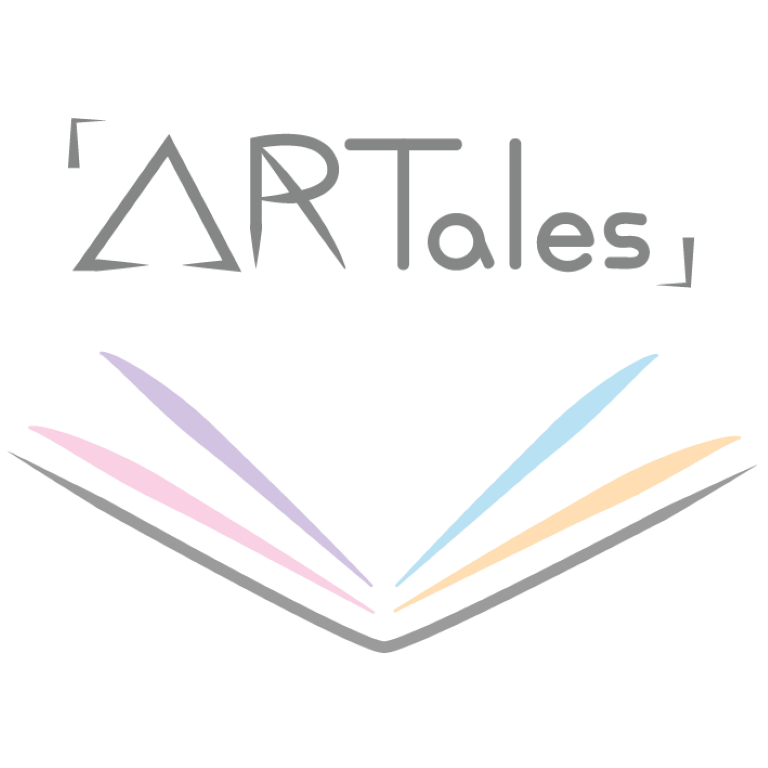Softs was a mixed bag for us. We were running 2 headsets at once to allow for maximum throughput (and as a test run for using multiple headsets for ETC Open House). We were given a much smaller room, and the environment portals scaled with the wall size as expected, and the different sized/height table was recognized as the main play environment…a major win for the programming department. Of course, as is the case with beta technology, there were a few difficulties that forced a small number of the faculty to be unable to participate. For the most part, the faculty seemed to enjoy the experience as a whole. However, there were a number of issues brought up during the official feedback.
One of the main complaints centered around the limited field of view. While technologically, this was not our fault, in practice the way our environment and experience was designed didn’t entirely do much to mitigate some issues. We made sure that all of the items were in the field of view by placing larger items further away and keeping close objects smaller. Horizontally, guests were comfortable looking around, however consistent vertical movement was uncomfortable for a number of guests. We made to distinct areas: the desk, and the wall, and individually they worked for the FOV, however getting between them wasn’t something we had completely considered. We’ll need to look at resizing the elements and bringing them closer together (perhaps with implementing a more seated play position) to alleviate this point.
On a similar note, Issues with indirect control were also brought up. We had implemented a number of audio cues that used spatial panning to direct the guest’s attention during crucial story moments. While horizontally, the 3D audio worked, there was a hardware limitation for vertical panning. Simply put, there as none. Because we were subjecting the guest to constant up and down scene viewing, a lot of the spatial audio cues simply did not translate. We hope that the design decisions we create from the previous point will help with this.
In addition, there was a bit of a discrepancy between the overly dramatic voice dialogue, and the more subdued animations. This is something that we have been wrestling with for quite some time. It was a combination of both time as well as some technical issues that have been hindering us in this department. Notably, there seemed to be a translation error between the animations within Maya, and how the Magic Leap read the file. While the animation might have been cycling properly on the computer, something was destroying the model in the Magic Leap. After much trial and error, as well as consulting from fellow peers, the culprit was found to be a quality setting. This resolution came as a huge welcome to our animator, so we will be able to tackle some more animated animations for the coming week.
Also, pacing was something that was discussed in detail. While we admit that we haven’t focused too much on the overall timing of the experience, we received a lot of valuable feedback regarding areas that seemed to drag, and others which were glossed over too quickly. We scheduled two days additional playtesting with our peers to test out some timing changes, especially with regards to the introduction of the experience.
Lastly, there was a story point that didn’t make sense to a number of the faculty. The ghosts are coming out of the Hell portal to be redeemed. This is an issue because religiously, Hell is an eternal holding place. Even though we never explicitly mentioned that the portals were Heaven and Hell within the story, the associations stuck, and thus were a point of contention. Having the ghosts come from a more neutral 3rd portal would be a good alternative for this.
We hope that implementing these changes will help strengthen the experience as a whole, and that the playtest sessions we scheduled for the end of the week will help solidify the design choices that we make.
